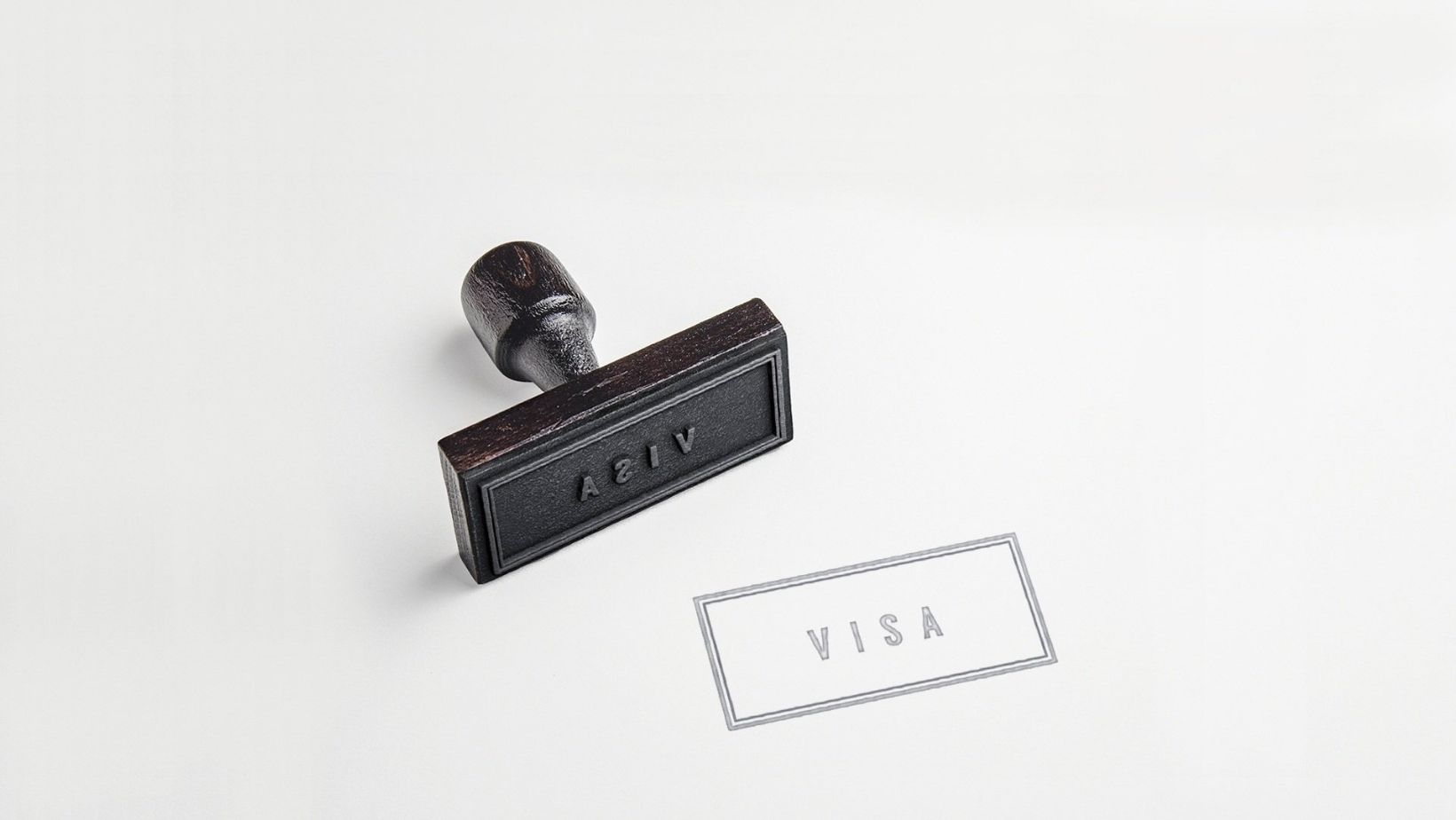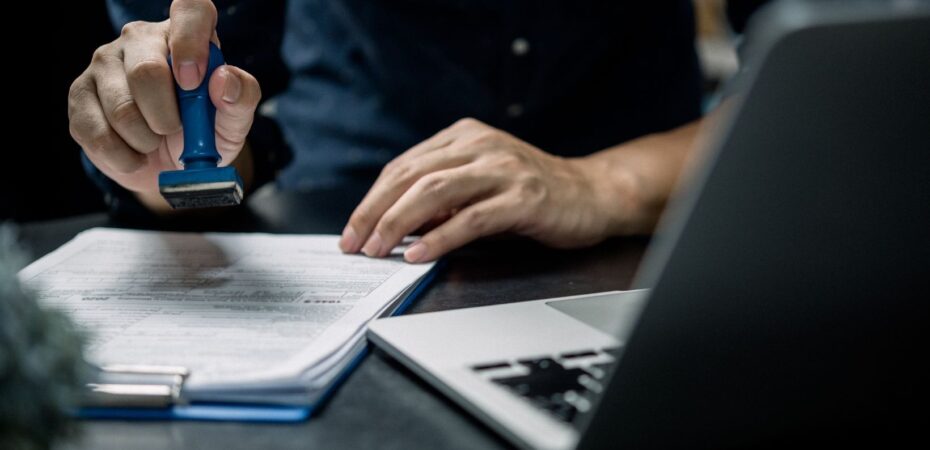Introduction
Traveling to the United States for business or leisure requires a valid B1/B2 visa, a necessity that hinges on a stringent approval process. These non-immigrant visas, earmarked for individuals seeking entry for business (B1) or tourism/medical treatment (B2), are pivotal for short-term stays. However, applicants often face hurdles during the approval process, necessitating a strategic approach. This expanded guide offers nuanced tips and insights, emphasizing the role of financial proofs, like pay stubs, to bolster your application’s success rate.
Decoding B1/B2 Visa Protocols
The U.S. immigration framework delineates clear distinctions between B1 and B2 visas. The former is tailored for business-oriented visits, such as trade show participation or contractual negotiations, while the latter accommodates tourism, family visits, or health-related endeavors. Despite their divergent objectives, the application trajectory for both visas intersects at various junctures, making the following insights universally applicable.
1. Precision in Application
Your journey begins with the DS-160 form, a digital gateway to your U.S. visit aspirations. Precision in detailing your personal information, travel intentions, and background is crucial. Inconsistencies or erroneous entries can trigger red flags, jeopardizing your application. Double-checking for accuracy can save you from prospective complications or denials.
2. Assembling a Document Arsenal
Beyond the application form, your visa approval is contingent on documentary evidence. This phase mandates a strategic compilation of the following:
– Historical and current passports
– Detailed travel agenda
– Financial solvency proofs (bank statements, pay stubs, tax records)
– Employment verification, if pertinent
– Trip-specific documents (invitation letters, conference registrations)
– Evidence substantiating domicile ties
3. Financial Stability: A Keystone of Trust
Consular officers scrutinize your financial solvency, seeking assurance of your visit’s financial viability and your return incentive.

Here, pay stubs emerge as a cornerstone, corroborating your steady income and financial prudence. Coupled with bank statements and tax documentation, these stubs collectively weave a narrative of economic stability, mitigating overstay risks.
4. Cementing Home Country Ties
Establishing robust ties to your domicile country is paramount. Property ownership records, familial obligations, or a stable job back home are instrumental in assuaging overstay concerns. These evidentiary elements underscore your deep-rooted connections to your home country, enhancing your application’s credibility.
5. Mastering the Interview Dynamics
The interview phase is your opportunity to humanize your application, offering verbal substantiation of your written submissions. Preparation is key. Anticipate questions probing your travel purpose, financial health, and home country commitments. Authentic, concise responses can build a rapport with the interviewer, tipping the scales in your favor.
6. Professionalism: Your Silent Advocate
Professional attire and punctuality are silent advocates during your interview. They reflect your earnestness and respect for the process, creating a favorable initial impression. This non-verbal communication can be an ally, subtly influencing the consular officer’s perception.
7. Clarity and Transparency
Your interview responses should radiate clarity and transparency, particularly regarding your U.S. visit’s objectives. Ambiguity or evasiveness can incubate distrust. Direct, honest disclosures reinforce your integrity, fostering a trustful environment.
8. Composure and Respectfulness
Maintaining composure, irrespective of the question’s nature, resonates with emotional stability and respectfulness. While some inquiries might seem intrusive, they are procedural necessities. Courteous, composed responses reflect your personality positively.
9. Proactive Follow-ups
Post-interview, you might encounter additional documentation requests. Prompt, precise compliance is advisable, demonstrating your proactive engagement and continued interest.
10. Understanding Visa Regulations:
Familiarize yourself with the regulatory landscape of U.S. visas. Knowledge about the period of stay, visa validity, and restrictions ensures compliance, preventing inadvertent violations that could imperil future applications.
Conclusion
Navigating the B1/B2 visa approval labyrinth demands strategic planning, meticulous documentation, and psychological preparedness. Presenting unequivocal financial proof, like pay stubs, fortifies your economic stability narrative.

Simultaneously, demonstrable ties to your domicile country, coupled with a transparent, respectful interview demeanor, consolidate your trustworthy applicant profile. While the process might seem Herculean, these actionable insights are designed to equip you with the acumen to steer your application toward approval. Embark on your U.S. journey with confidence and legal sanctity.


 By
By 



